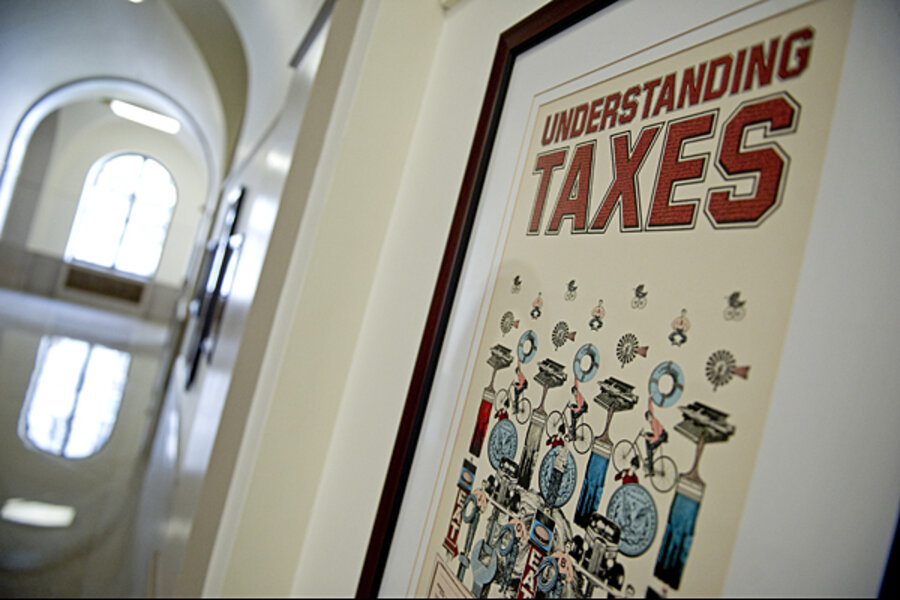Who benefits from tax preferences? You do.
Loading...
The Congressional Budget Office report on the distribution of tax expenditures is getting lots of buzz, nearly all of it positive. This is a gratifying and somewhat surprising outcome. The paper confirms many of the findings of my Tax Policy Center colleagues who have done similar analyses in recent years.
The basic story is pretty simple: Just about everyone benefits from these tax preferences (which, for the most part, look like government spending). The highest income households get the biggest share of these tax breaks. But when looked at through a somewhat different lens—how much these subsidies increase after-tax income–the lowest income households are the big winners. And middle-income households do pretty well too.
But to me the most interesting results are in the details. Who benefits from which preferences? Or, to put it another way, who would lose if Congress trimmed or even eliminated some of these provisions as part of a broad-based tax reform.
And make no mistake, CBO was looking at the big commonly used tax preferences that politicians often dismiss as loopholes or special interest tax breaks. When pols talk about cutting rates by getting rid of loopholes, this is what they are talking about.
Note that CBO is looking at a broader universe of tax preferences than the Congressional Research Service did recently. CRS looked only at a handful of big deductions—such as mortgage interest, state and local taxes, and charitable giving. CBO cast a much wider net that captures exclusions from taxable income for employer sponsored health insurance, Social Security benefits, and pension contributions and earnings; low-income refundable credits; and preferential rates on capital gains and dividends.
It is probably no surprise that the biggest beneficiaries of the Earned Income Credit and the Child Tax Credit are low-income households. That was the intent, and indeed, 80 Percent of the EITC and 51 percent of the CTC go to the lowest-income 40 percent.
Similarly, you won’t be shocked to read that preferential rates on investment income overwhelmingly benefit the highest income households. Many analysts argue that these low rates are not subsidies in the same way most deductions and credits are, but they still show up in the list of tax expenditures.
Ninety-three percent of the benefit goes to the highest income 20 percent, and 68 percent goes to the top 1 percent. The low rates on gains and dividends represent 5.3 percent of the 1 percent’s after-tax income.
The story is very different for the exclusions. For the most part, the big winners are not the rich or the poor, but the middle-class. For instance, households in the fourth quintile (by CBO’s reckoning, two-person households making between $77,900 and $115,100) get about 26 percent of the benefit of the exclusion for health insurance, equal to 3.1 percent of their after-tax income. That group also gets about one-third of the benefit of the partial exclusion for Social Security benefits.
Bottom line: When it comes to tax preferences, Pogo was right. “We have me the enemy and he is us.”







